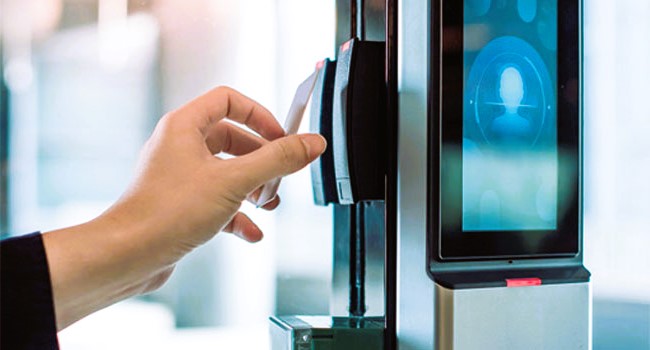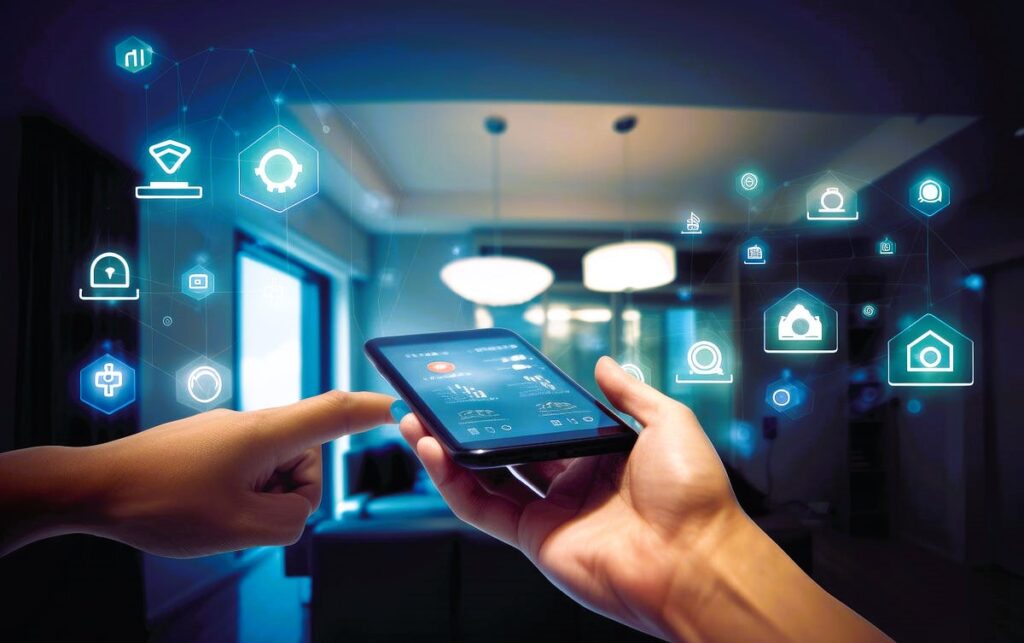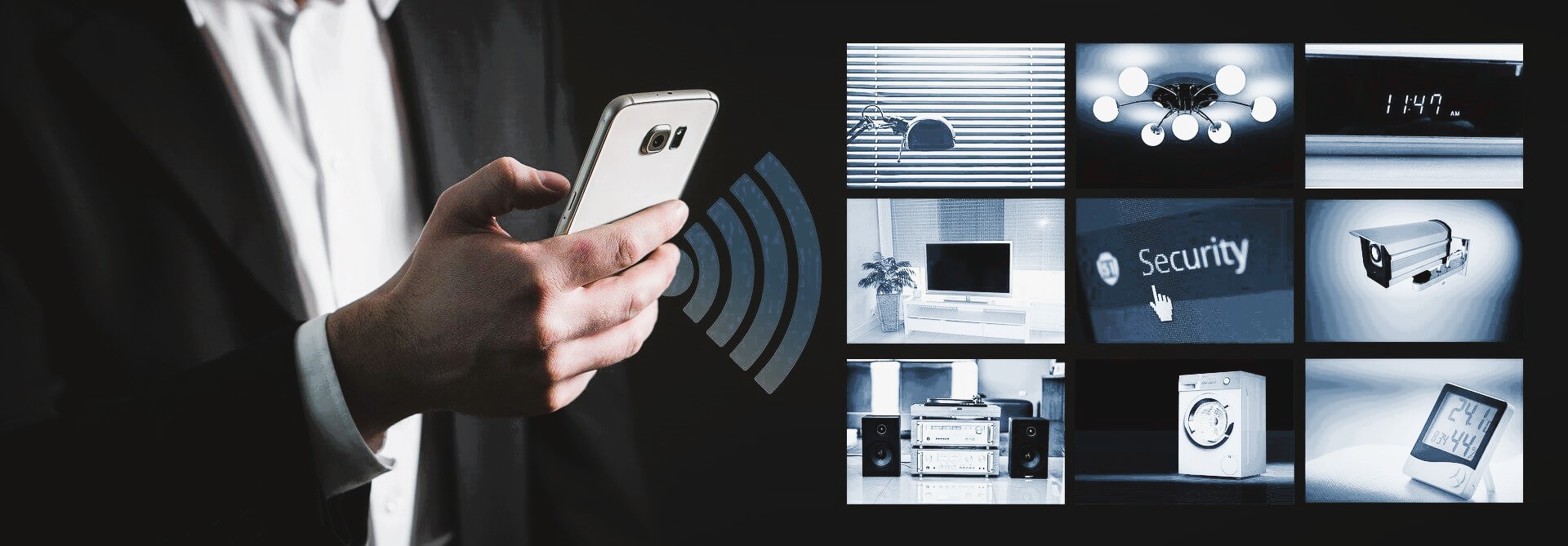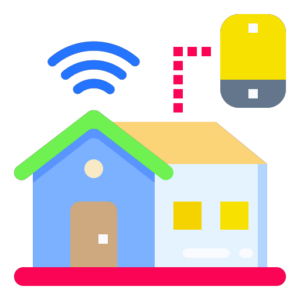In an era dominated by technological advancements, the realm of home security has undergone a transformative evolution. Smart technologies have emerged as formidable tools in fortifying homes and apartments, providing residents with enhanced safety and peace of mind. From intelligent surveillance systems to automated access controls, the integration of these innovations has ushered in a new era of residential security.
Smart Surveillance Systems: Eyes Everywhere
One of the cornerstone technologies in home security is the advent of smart surveillance systems. These systems leverage advanced cameras equipped with features like facial recognition, motion detection, and night vision. The footage captured by these cameras can be accessed remotely, allowing homeowners to monitor their property in real-time through dedicated applications on their smartphones or computers. This not only serves as a deterrent to potential intruders but also provides invaluable evidence in the event of an incident.
Additionally, some smart surveillance systems incorporate artificial intelligence algorithms to differentiate between normal activities and potential threats. This reduces the likelihood of false alarms, ensuring that homeowners are only alerted when there is a genuine cause for concern.
Automated Access Controls: Securing Entrances with Intelligence

Gone are the days of traditional locks and keys. Smart access control systems have taken center stage, offering a more secure and convenient way to manage entry to homes. Biometric authentication, keyless entry, and virtual keys are among the features that characterize these futuristic access control solutions.
Biometric authentication methods, such as fingerprint and facial recognition, add an extra layer of security by ensuring that only authorized individuals can access a residence. Keyless entry systems, often integrated with smartphones, allow residents to unlock doors with a simple tap on their mobile devices. Virtual keys, on the other hand, enable temporary access for guests or service providers, with homeowners retaining control over the duration and scope of access.
Intelligent Sensors: Proactive Protection
Smart sensors play a pivotal role in fortifying homes against various threats. These sensors are designed to detect changes in the environment and trigger appropriate responses. For example, smart smoke detectors can not only sound an alarm but also send alerts to homeowners’ devices, providing crucial time to address potential fire hazards.
Motion sensors, window and door sensors, and water leak detectors contribute to a comprehensive security ecosystem. When integrated with a central smart home hub, these sensors can automate responses such as turning on lights, sounding alarms, or notifying authorities, depending on the nature of the detected threat.
Interconnected Ecosystems: The Smart Home Advantage
The true power of smart home security lies in the ability to create an interconnected ecosystem. Various devices and systems can be seamlessly integrated, allowing them to communicate and collaborate to enhance overall security. For example, if a smart surveillance camera detects suspicious activity, it can trigger smart lights to turn on and a notification to be sent to the homeowner’s smartphone. Read about smart door locks in our article.
Moreover, many smart home security solutions can be controlled through voice commands, adding an extra layer of convenience. Virtual assistants like Amazon Alexa or Google Assistant can be integrated into the security system, allowing users to arm or disarm alarms, check camera feeds, or lock doors using simple voice prompts.
Standardization for Trustworthy Security Solutions
As the adoption of smart technologies for home security continues to grow, the need for standardized practices becomes increasingly apparent. Standardization ensures that devices from different manufacturers can work seamlessly together, promoting interoperability and a more robust security infrastructure.
The International Organization for Standardization (ISO) has been instrumental in developing and maintaining standards for various aspects of technology, including those related to smart home security. These standards cover areas such as data privacy, encryption protocols, and device interoperability. Homeowners are encouraged to choose products that comply with recognized standards to ensure the reliability and effectiveness of their security systems.

For more information on international standards related to smart home security, you can refer to the ISO website.
Conclusion: A Secure Future with Smart Technologies
In conclusion, the integration of smart technologies into home security systems has ushered in a new era of safety and convenience. From intelligent surveillance systems to automated access controls and proactive sensors, these innovations work in tandem to create a comprehensive and interconnected security ecosystem. As the adoption of these technologies continues to rise, adherence to international standards becomes crucial to ensuring the reliability and effectiveness of these solutions. Embracing smart home security not only provides peace of mind but also sets the stage for a future where homes are safer, smarter, and more secure than ever before.


